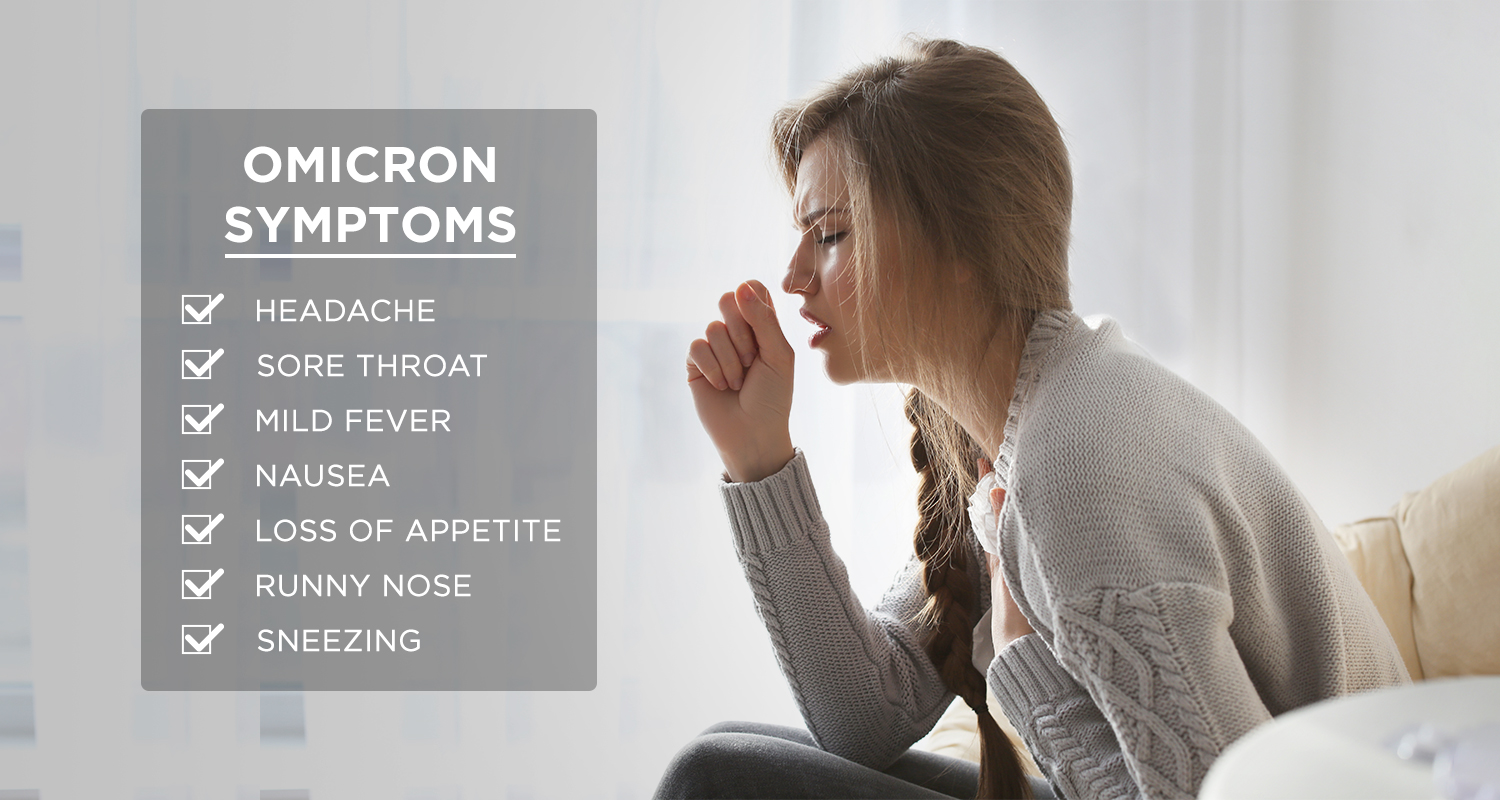

Omicron, a highly infectious coronavirus variant, is driving the third wave of the COVID-19 pandemic in India. It is now responsible for the rapid surge in coronavirus cases worldwide. Authorities have urged people to strictly adhere to the COVID-19 protocols, including social distancing and the use of masks.
According to various health experts, doctors and scientists, the Omicron variant of the COVID-19 is less dangerous than the previous Delta variant, which was responsible for the second wave. The major cause of concern with the Omicron variant is its higher transmission rate. According to media reports, the Omicron virus spreads twice as fast as the Delta variant. The government has accelerated the safe vaccination drive with auto-disabled syringes to prevent further spread and improve immunity against the coronavirus.
To break the chain of transmission, it is critical to identify early Omicron symptoms and isolate the patient before receiving a confirmed test result.
The following are the most common symptoms of the Omicron variant.
Headache
The early symptom of Omicron infection, such as a headache, is similar to those of a common cold. A patient infected with Omicron may experience mild headache, fatigue, and body pain. The patient should undergo an RT-PCR test to confirm the coronavirus infection.
Sore throat
Another common symptom of Omicron infection is a sore throat. According to a UK Health Security Agency study, 54 percent of people infected with Omicron had sore throats.
Mild Fever
Mild fever is also a common symptom of Omicron infection. In some cases, however, the patient may develop a high fever.
Nausea, vomiting, and diarrhoea
In contrast to previous variants, the Omicron variant is causing new symptoms in patients. People infected with Omicron may experience nausea, abdominal pain, vomiting, and diarrhoea. These symptoms may exist even in the absence of respiratory complications.
Loss of appetite
Patients infected with Omicron are likely to experience appetite loss in addition to other abdominal symptoms. According to a Zoe Covid symptoms study, even a fully immunised person may experience loss of appetite after being infected with the Omicron variant.
Runny Nose
A runny nose is commonly thought to be a common cold symptom. However, studies indicate that this could be an early sign of Omicron infection. Following the examination of several cases, the Centers for Disease Control and Prevention in the United States identified runny nose as one of the key symptoms of Omicron infection.
Sneezing
Sneezing is another Omicron symptom that resembles a common cold. According to the Zoe, COVID symptoms study, vaccinated people who become infected with the Omicron variant can develop symptoms such as sneezing. As a result, excessive sneezing without explanation could be a sign of Omicron infection.
With proven health and safety measures, we can prevent the spread of the Omicron variant. Fever, sneezing and sore throat are common during winters. But in the current situation, these symptoms should not be dismissed as a common cold. Immediate isolation and COVID-19 testing are mandatory on the appearance of these symptoms.

